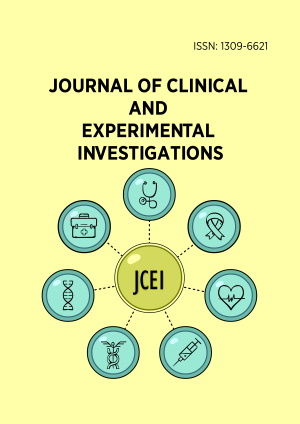Abstract
Antimicrobial resistance genes (ARGs) are found in microplastics, which are becoming more widely acknowledged as environmental substrates that may link ecological reservoirs to human illness. These particles create selective microenvironments by adsorbing antibiotics, metals, and biocides, promoting the creation of biofilms, and facilitating horizontal gene transfer. Human exposure through ingestion, inhalation, and skin contact is a problem due to the prevalence of microplastics in aquatic, terrestrial, airborne, and food-chain systems. This review highlights methodological limitations, synthesizes current understanding of the environmental mechanisms and clinical significance of ARGs linked to microplastics, and underscores the need for interdisciplinary surveillance and action. It identifies policy gaps and proposes integrated approaches to mitigate risks at the intersection of plastic pollution and antibiotic resistance within a one health paradigm.
License
This is an open access article distributed under the Creative Commons Attribution License which permits unrestricted use, distribution, and reproduction in any medium, provided the original work is properly cited.
Article Type: Review Article
J CLIN EXP INVEST, Volume 16, Issue 4, December 2025, Article No: em00852
https://doi.org/10.29333/jcei/17401
Publication date: 09 Nov 2025
Article Views: 647
Article Downloads: 1674
Open Access References How to cite this article
 Full Text (PDF)
Full Text (PDF)